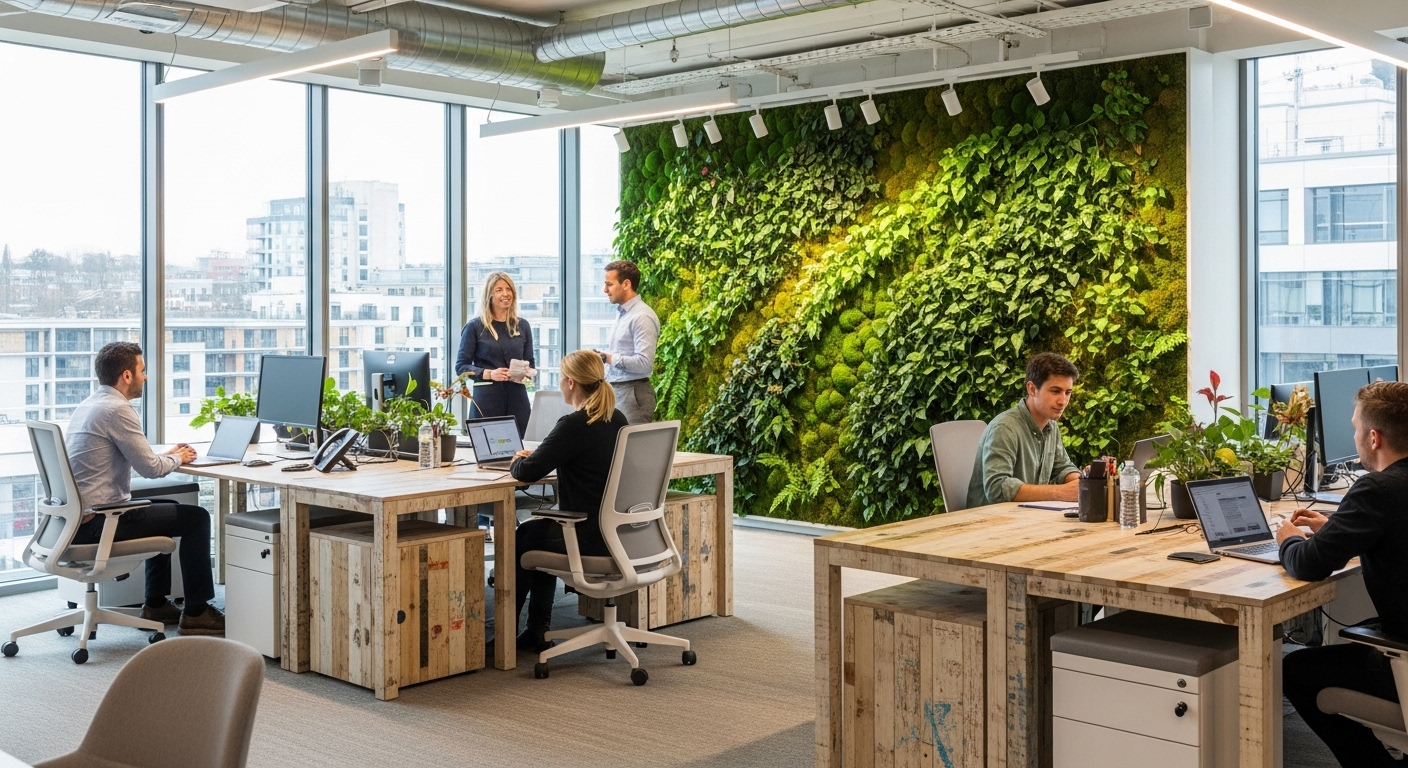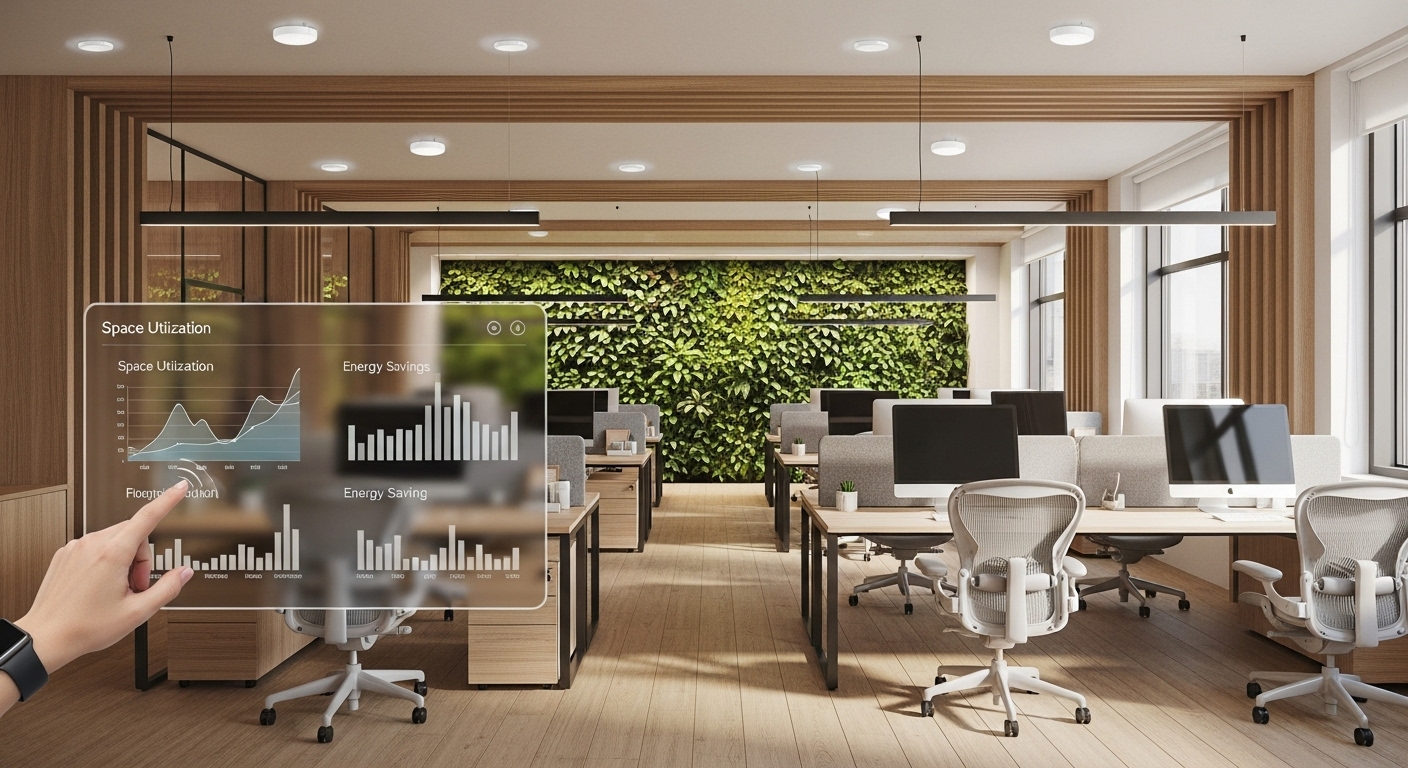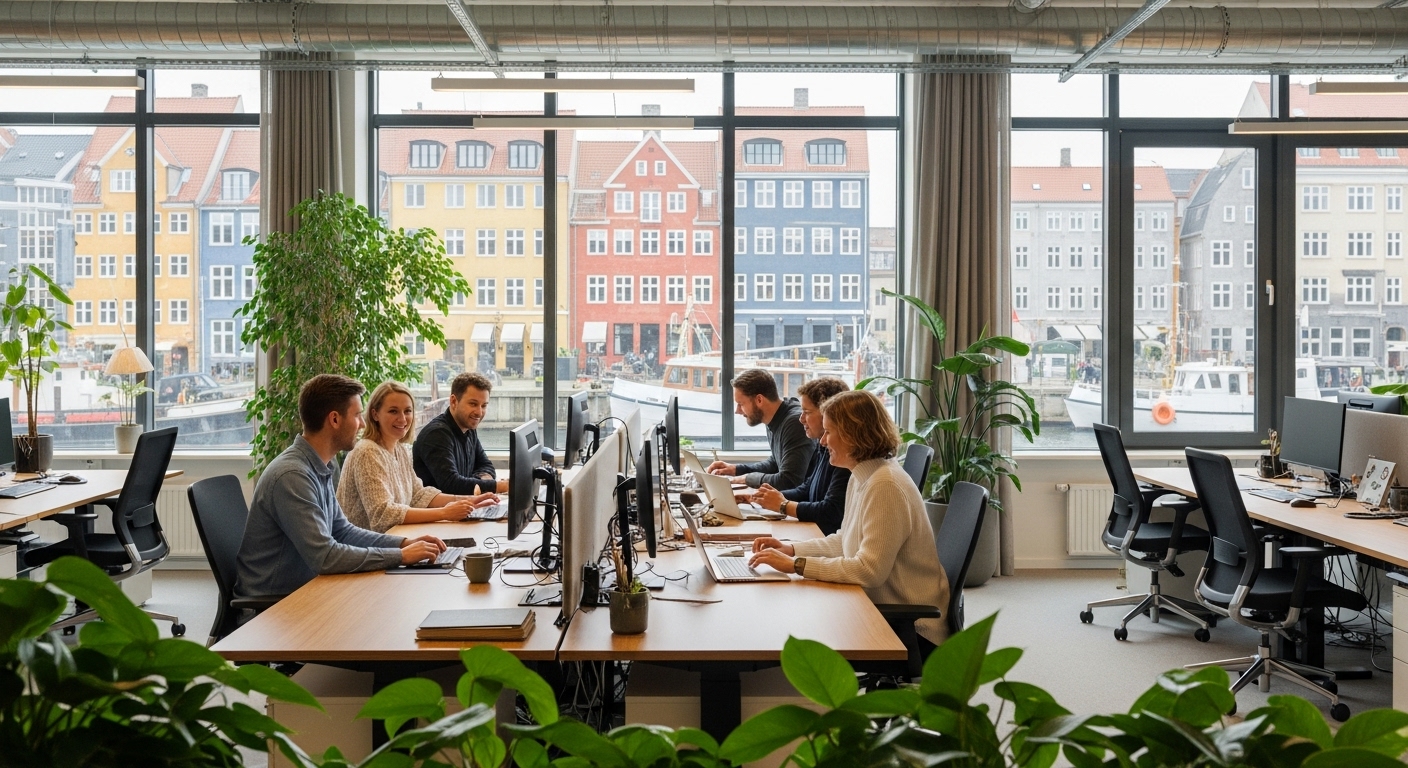The conversation around the future of work has expanded far beyond hybrid models and flexible schedules, evolving to encompass a deeper, more pressing mandate: sustainability. In 2024, the concept of a sustainable workspace is no longer a fringe benefit or a branding exercise; it’s a strategic imperative. Driven by rising employee expectations, stringent ESG (Environmental, Social, and Governance) goals, and a growing awareness of corporate responsibility, businesses are fundamentally rethinking the environmental impact of their physical footprint. This shift moves beyond simply adding plants or recycling bins. It’s about embracing a holistic, circular model where every aspect of the workplace—from the materials used in its construction to its daily operational energy consumption and waste management—is designed for minimal environmental impact and maximal human well-being. This article explores the core tenets of the circular workplace, examining how integrating sustainable materials, smart technology, and a people-centric focus is not just building better offices, but fostering a more resilient and responsible future of work.
The foundation of circularity: Sustainable materials and construction
A truly sustainable workspace begins long before the first employee walks through the door; it starts with the very materials used to build and furnish the space. The circular economy model, which emphasizes reuse, recycling, and regeneration, is fundamentally challenging the traditional linear approach of ‘take-make-dispose’ in office design. This foundational shift prioritizes the use of materials that are not only eco-friendly but are also part of a closed-loop system. We are seeing a significant rise in the specification of reclaimed wood for flooring and feature walls, recycled plastics transformed into acoustic panels and furniture, and low-VOC (Volatile Organic Compound) paints and adhesives that ensure healthy indoor air quality from day one. For instance, companies are now sourcing office desks made from bamboo, a rapidly renewable resource, and chairs constructed from recycled ocean plastic. The focus extends to modular design principles, where furniture and even walls are designed for disassembly and reuse, allowing the workspace to adapt to changing needs without generating waste. This approach requires a deeper level of supply chain scrutiny, with a preference for local suppliers to reduce transportation emissions and support regional economies. By embedding circularity into the material selection process, organizations are not just reducing their initial carbon footprint but are also creating adaptable, long-lasting environments that minimize future waste and resource consumption, setting a powerful precedent for long-term sustainability.
Energy in equilibrium: Smart technology and renewable sources
Beyond the physical materials, the operational energy consumption of a workspace is a critical frontier for sustainability. The modern sustainable office is an intelligent ecosystem, leveraging smart technology to achieve an equilibrium between operational needs and energy efficiency. The Internet of Things (IoT) is at the heart of this transformation. Advanced building management systems now use a network of sensors to monitor occupancy, daylight levels, and temperature in real-time. This data allows for the automated adjustment of lighting and HVAC systems, ensuring that energy is only consumed when and where it’s needed. For example, lights in an unused meeting room will automatically dim or turn off, and heating will be reduced in unoccupied zones. This granular control can lead to dramatic reductions in energy waste. Furthermore, the integration of renewable energy sources is becoming a standard feature. On-site solar panels on rooftops or building facades are increasingly common, allowing offices to generate their own clean power and reduce their reliance on the grid. This is often paired with high-efficiency LED lighting and Energy Star-rated appliances to further minimize consumption. The goal is to move towards net-zero energy buildings, a concept that seemed aspirational just a decade ago but is now a tangible objective for many new builds and retrofits, demonstrating a profound commitment to decarbonizing the workplace.
The human element: Biophilia and well-being as sustainable practice
A core tenet of the modern sustainable workspace is the understanding that environmental health and human health are inextricably linked. This is where biophilic design—the practice of connecting people and nature within the built environment—becomes a crucial strategy. The positive psychological and physiological effects of nature are well-documented, and integrating these elements into the office is proving to be a powerful tool for enhancing employee well-being, productivity, and satisfaction. This goes far beyond placing a few potted plants on desks. It involves the strategic integration of natural light through large windows and skylights, the creation of indoor gardens or living walls that actively purify the air, and the use of natural materials like wood, stone, and water features. The auditory environment is also considered, with the gentle sound of a water feature masking distracting office noise. By creating a strong connection to the natural world, biophilic design helps reduce stress, improve cognitive function, and foster a sense of calm and creativity. This focus on the human experience is a form of sustainability in itself. A workplace that nurtures the well-being of its occupants leads to lower rates of absenteeism, higher employee retention, and a more engaged workforce, creating a virtuous cycle where a healthy environment supports a healthy and productive team.
Closing the loop: Advanced waste management and circular operations
In a circular workplace, the concept of ‘waste’ is fundamentally redefined. Instead of a linear path to landfill, materials are seen as valuable resources to be recovered, reused, or recycled. This requires moving beyond basic recycling bins and implementing a comprehensive, closed-loop waste management system. The process starts with procurement, favoring suppliers with minimal and recyclable packaging. Operationally, this translates into robust programs that go beyond paper and plastic. We now see dedicated collection streams for organic waste (which can be composted), electronic waste (e-waste), and even difficult-to-recycle items like coffee pods and batteries. Leading companies are conducting regular waste audits to identify key areas of waste generation and set aggressive reduction targets. The goal is to move towards a ‘zero waste to landfill’ certification, a rigorous standard that requires diverting over 90% of waste from landfills. This operational mindset also champions a paperless culture, leveraging cloud storage and digital collaboration tools to minimize printing. Furthermore, the circular model extends to office assets like furniture and IT equipment. Instead of disposal, companies are partnering with firms that specialize in repairing, refurbishing, and reupholstering furniture, or securely wiping and redeploying electronics, extending their lifecycle and extracting maximum value from every resource.
The ROI of green: Measuring the business case for sustainability
While the ethical and environmental arguments for sustainable workspaces are compelling, the business case is equally strong. Investing in green design and circular operations delivers a tangible return on investment (ROI) that extends across multiple facets of the business. The most direct financial benefit comes from operational savings. Energy-efficient lighting, smart HVAC systems, and improved insulation lead to significantly lower utility bills over the building’s lifespan. Water conservation measures also contribute to reduced operational costs. Beyond these direct savings, sustainable workplaces have a powerful impact on human capital. A workplace designed for well-being, with superior air quality and access to natural light, has been shown to boost employee productivity and cognitive performance. Research consistently demonstrates that these environments also serve as a powerful tool for attracting and retaining top talent, particularly among younger generations who prioritize corporate environmental responsibility. This reduces recruitment costs and fosters a more stable, engaged workforce. Furthermore, buildings with green certifications like LEED or BREEAM often command higher property values and rental rates, making them a sound long-term asset. By viewing sustainability not as a cost center but as a strategic investment, companies can unlock a powerful combination of financial savings, enhanced productivity, and a strengthened brand reputation.
Cultivating a culture of sustainability: Beyond design to daily habits
The success of a sustainable workspace ultimately depends on the people within it. A beautifully designed green building can have its impact neutralized if employee behaviors don’t align with its principles. Therefore, cultivating a deeply ingrained culture of sustainability is just as important as the physical infrastructure. This involves more than just sending an occasional memo about recycling. It requires continuous engagement, education, and empowerment. Leading companies are implementing clear and accessible training programs that explain the ‘why’ behind the company’s sustainability goals and the ‘how’ of participating in them. This can include workshops on waste sorting, challenges to reduce energy consumption, and regular communication sharing progress towards green targets. Green teams or sustainability committees, composed of passionate employee volunteers, can be instrumental in championing these initiatives from the ground up. These teams can organize events, share tips, and provide feedback to management, creating a two-way dialogue. By making sustainability a shared responsibility and embedding it into daily routines and company values, the workplace itself becomes a living laboratory for positive change. This cultural shift ensures that the sustainable design elements are not just passive features but are actively utilized and amplified by a conscious and engaged workforce, maximizing the positive impact on the planet and the organization.
In conclusion, the evolution of the sustainable workspace into a circular model represents a critical and sophisticated step forward in the future of work. It marks a departure from fragmented, superficial green initiatives toward a holistic, integrated strategy that weaves environmental and social responsibility into the very fabric of an organization. By focusing on the complete lifecycle—from the responsible sourcing of materials and the integration of renewable energy to the promotion of employee well-being and the establishment of a zero-waste culture—businesses are creating environments that are not only less harmful to the planet but are actively beneficial for their people. The circular workplace is more than just an office; it’s a dynamic ecosystem that proves profitability, productivity, and planetary health are not mutually exclusive goals. As we continue to navigate the complexities of the modern workforce, embracing this comprehensive approach to sustainability will be a defining characteristic of the most resilient, reputable, and forward-thinking organizations.





